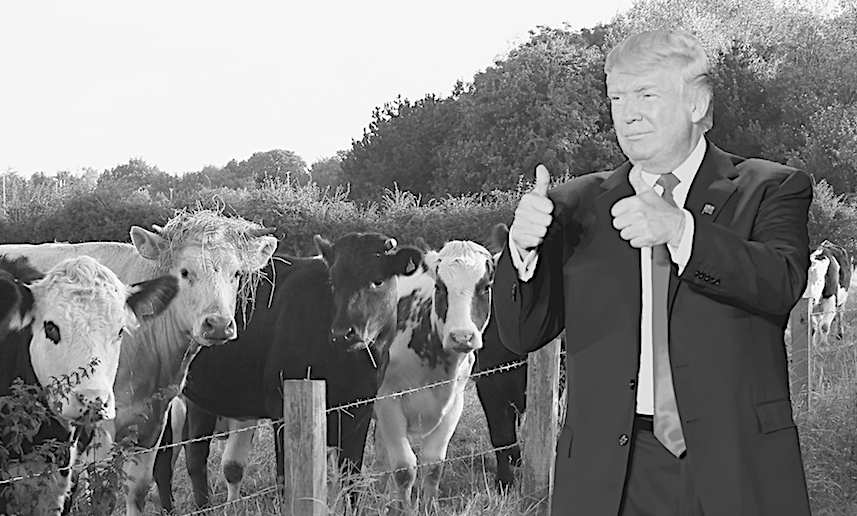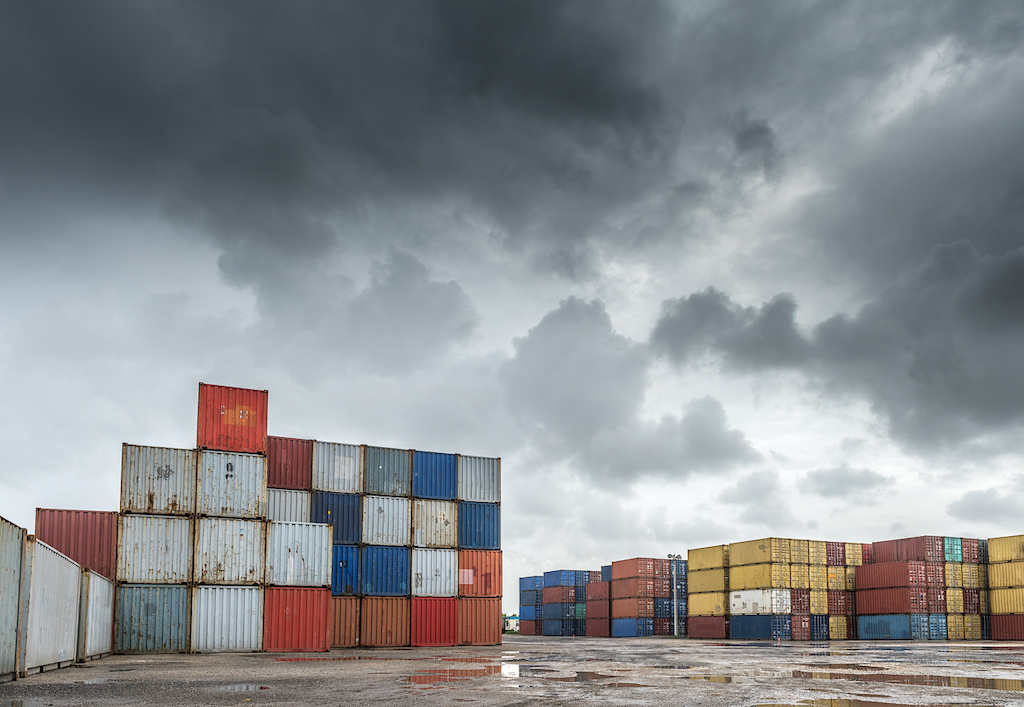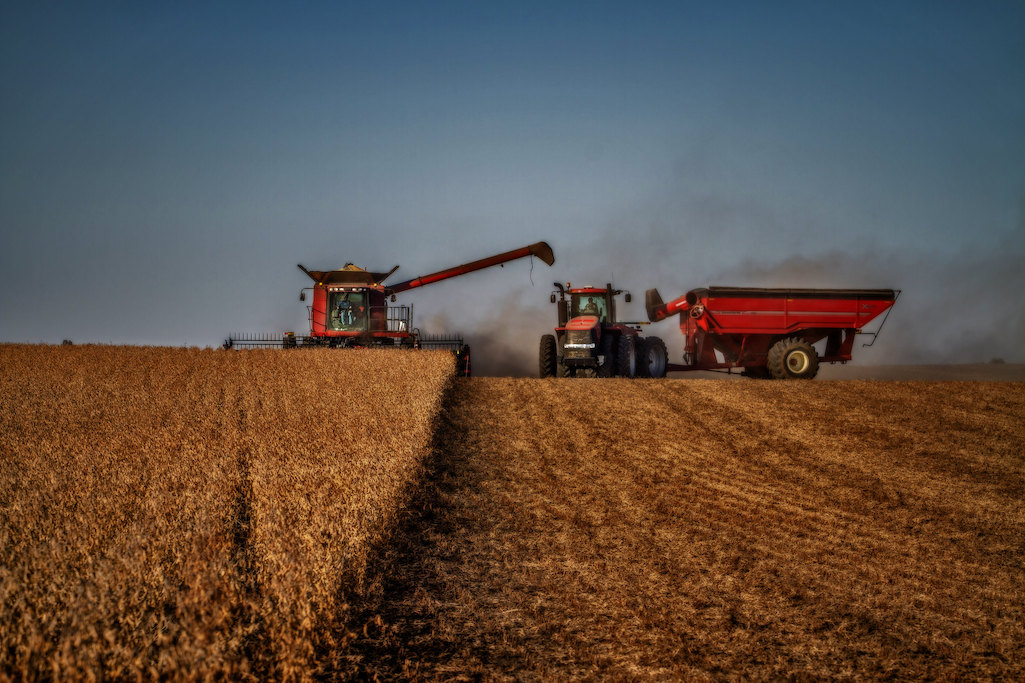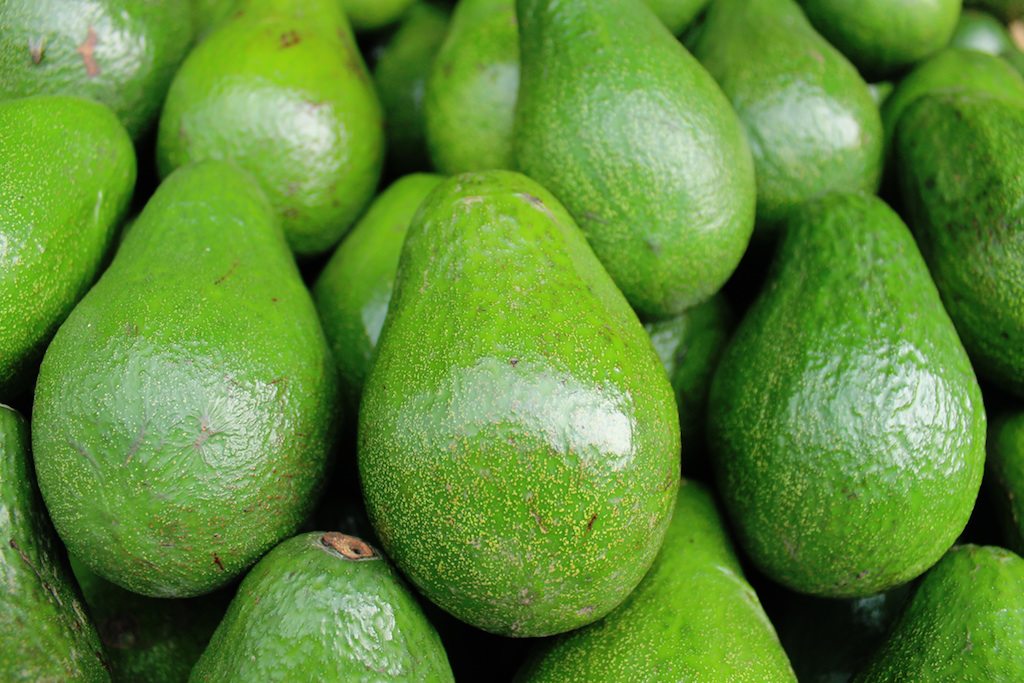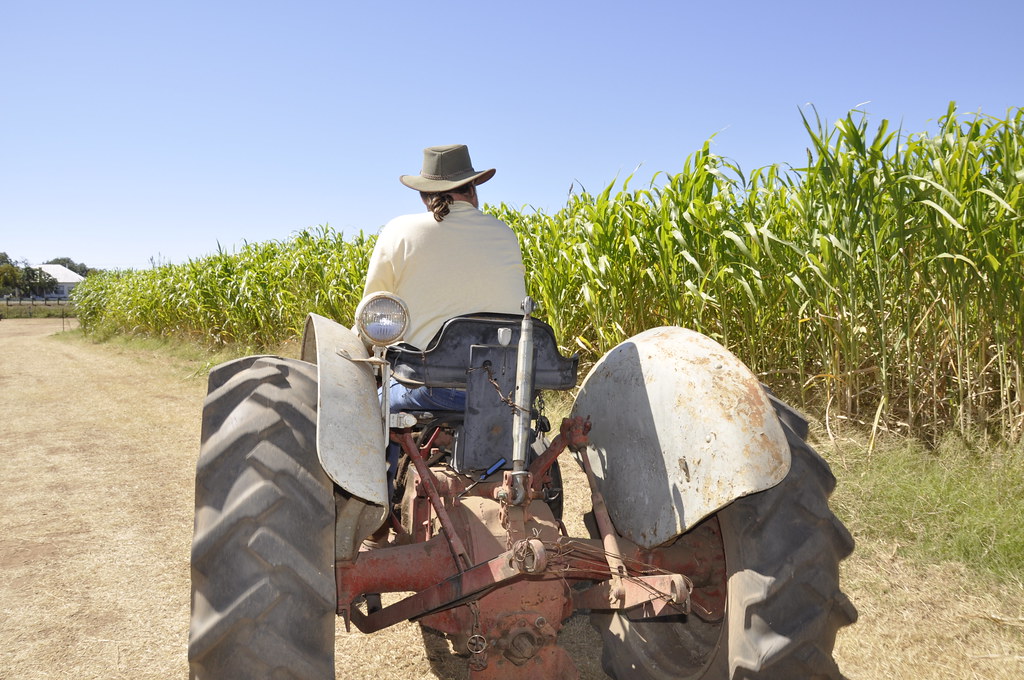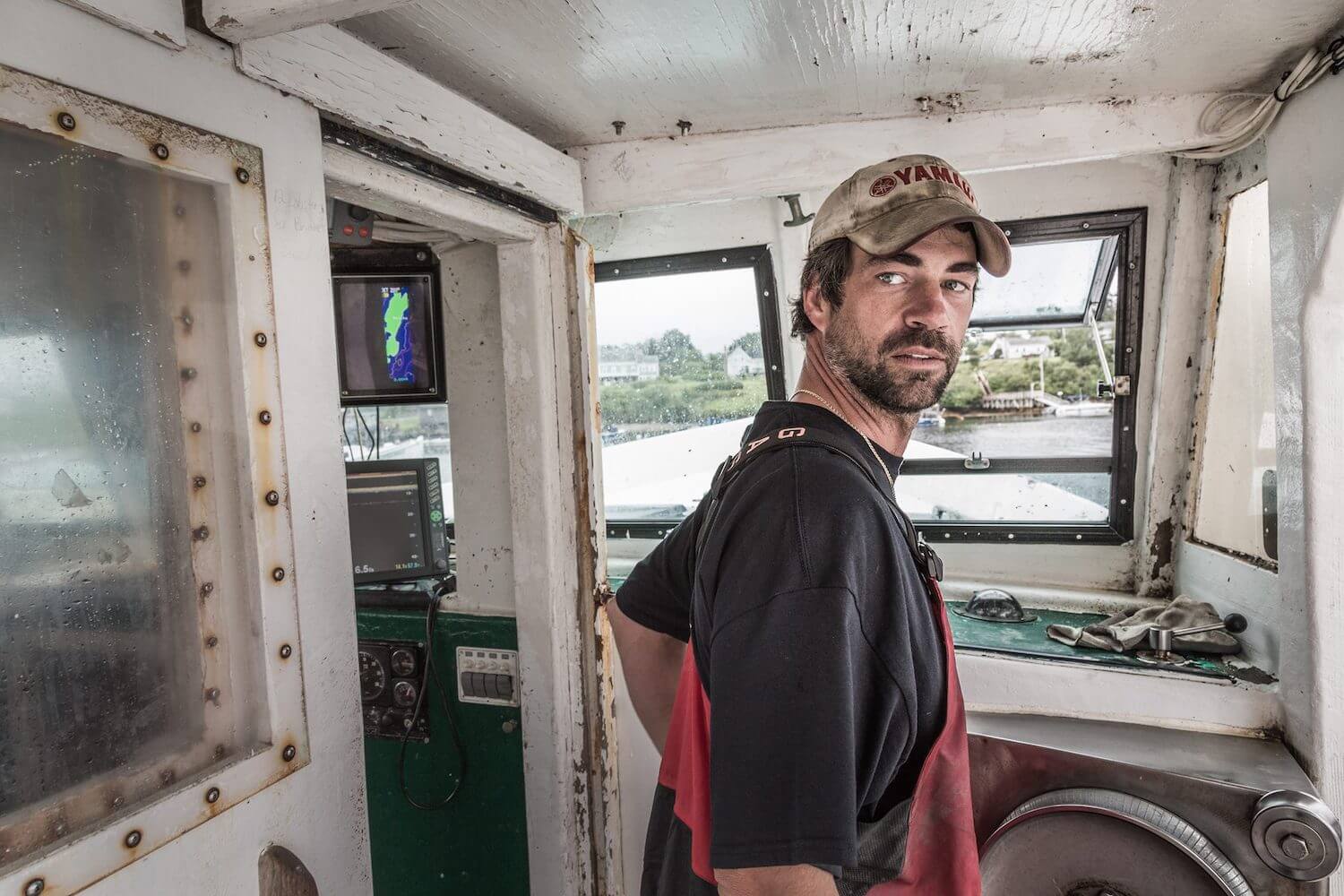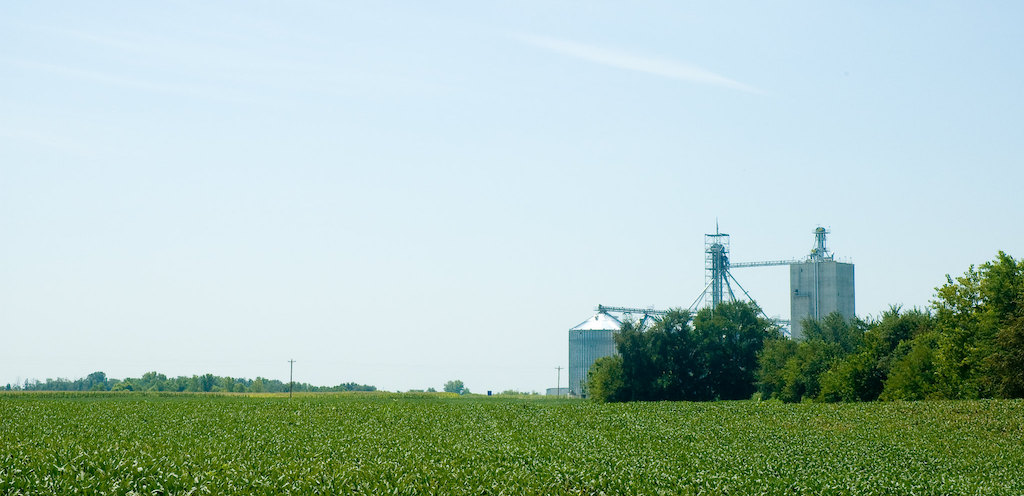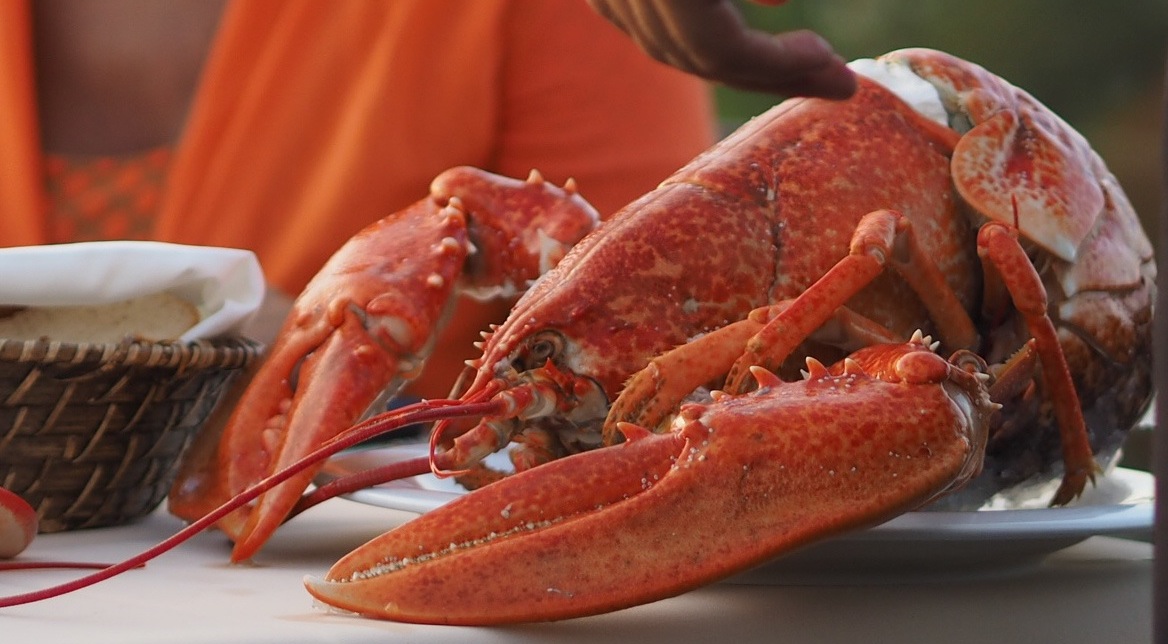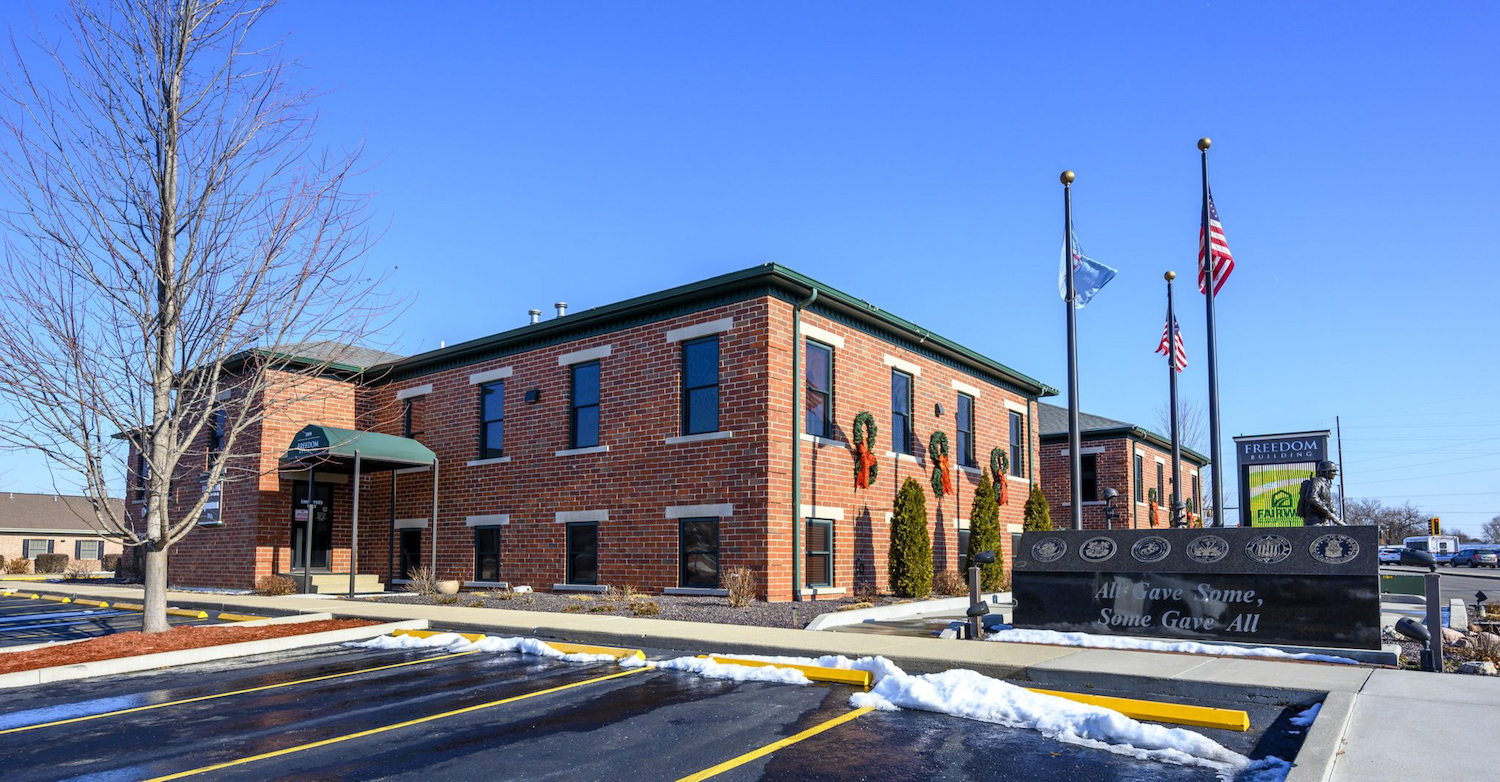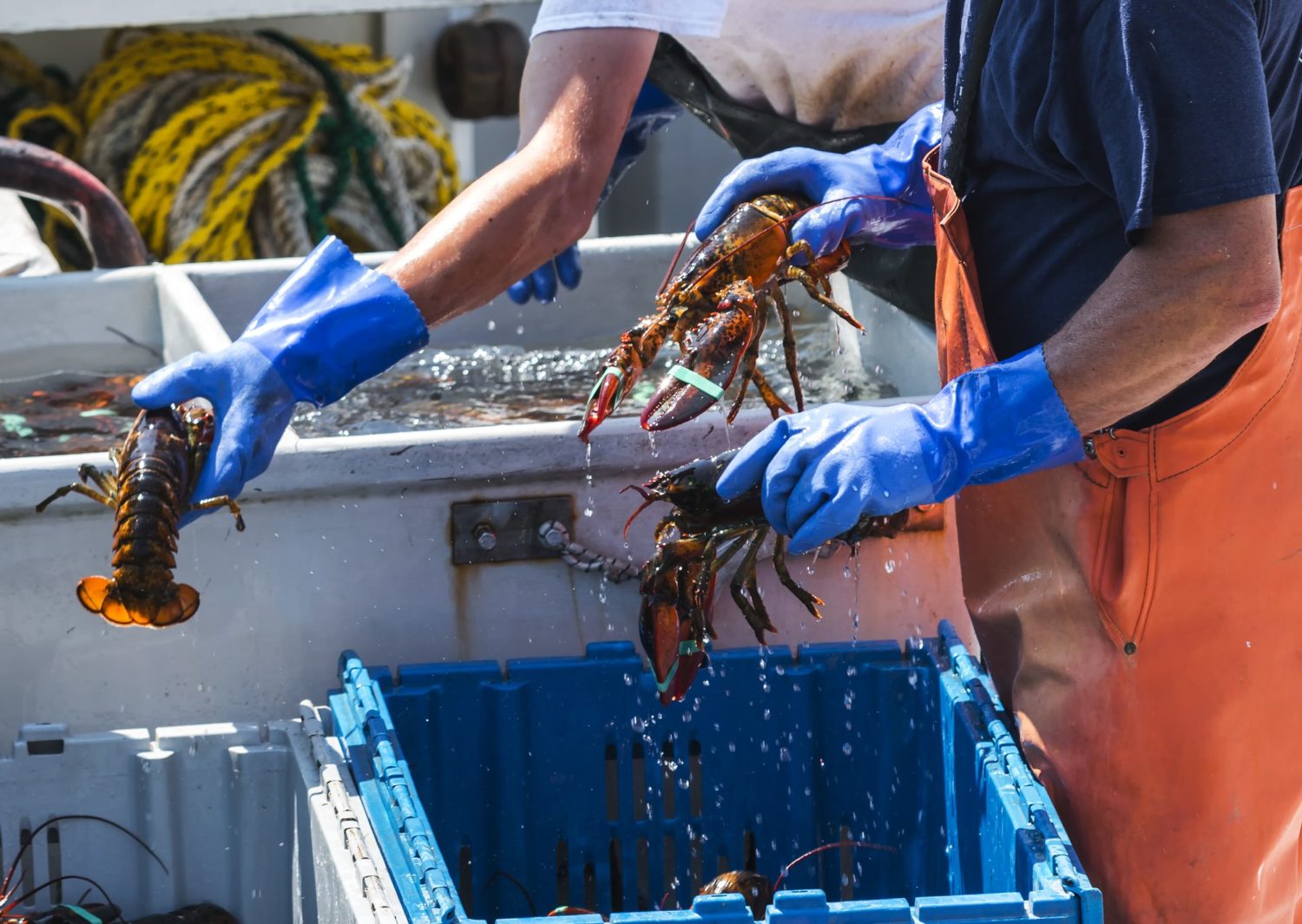
iStock/WoodysPhotos
In a new executive order, he instructs officials to extend trade aid money to lobstermen, and to monitor Chinese purchases of American seafood.
President Donald Trump signed an executive order this week directing the Department of Agriculture (USDA) to provide trade war bailout money to Maine lobstermen, a long-coveted win for the industry, which has been impacted by steep Chinese tariffs since 2018.
The EO instructs Secretary of Agriculture Sonny Perdue to assess trade war damages to the New England seafood industry and distribute aid accordingly, and to include the U.S. seafood producers in future payments.
“It’s good news, definitely, to see the president taking an interest in the lobster industry,” said Sheila Dassatt, executive director of the Downeast Lobstermen’s Association, an organization that advocates for the industry.
Last year, Maine state senators and representatives issued a joint letter calling for an end to tariffs on lobsters, and illustrating the damage that they’d had on the homegrown industry.
This news comes in just time for peak lobster season in Maine, which takes place between late-June and December. Dassatt says that at this time of year, she and her fellow lobstermen are erring on the conservative side when setting traps to avoid an oversupply of unsold seafood. “We’re unsure of the tariffs and the market at this point in time. We are, what we call, slow fishing.”
Lobsters are big business in Maine, making up nearly three-quarters of commercial fishing landings by dollar value in 2019, according to the state Department of Marine Resources. Per the National Marine Fisheries Service, lobsters are the country’s most valuable marine species, based on price, and Maine is the country’s top lobster-producing state. In wake of the tariffs, China, one of the biggest importers of American lobster, turned to buying some of its lobster from Canadian suppliers instead, inadvertently offsetting some of the trade war’s brunt by increasing U.S. sales to wholesalers up north.
Maine officials have long campaigned for trade war protections for harvesters. In March, Governor Janet Mills asked the president for protections, such as direct payments, to support local seafood producers. Last year, Maine state senators and representatives issued a joint letter calling for an end to tariffs on lobsters, and illustrating the damage that they’d had on the homegrown industry.
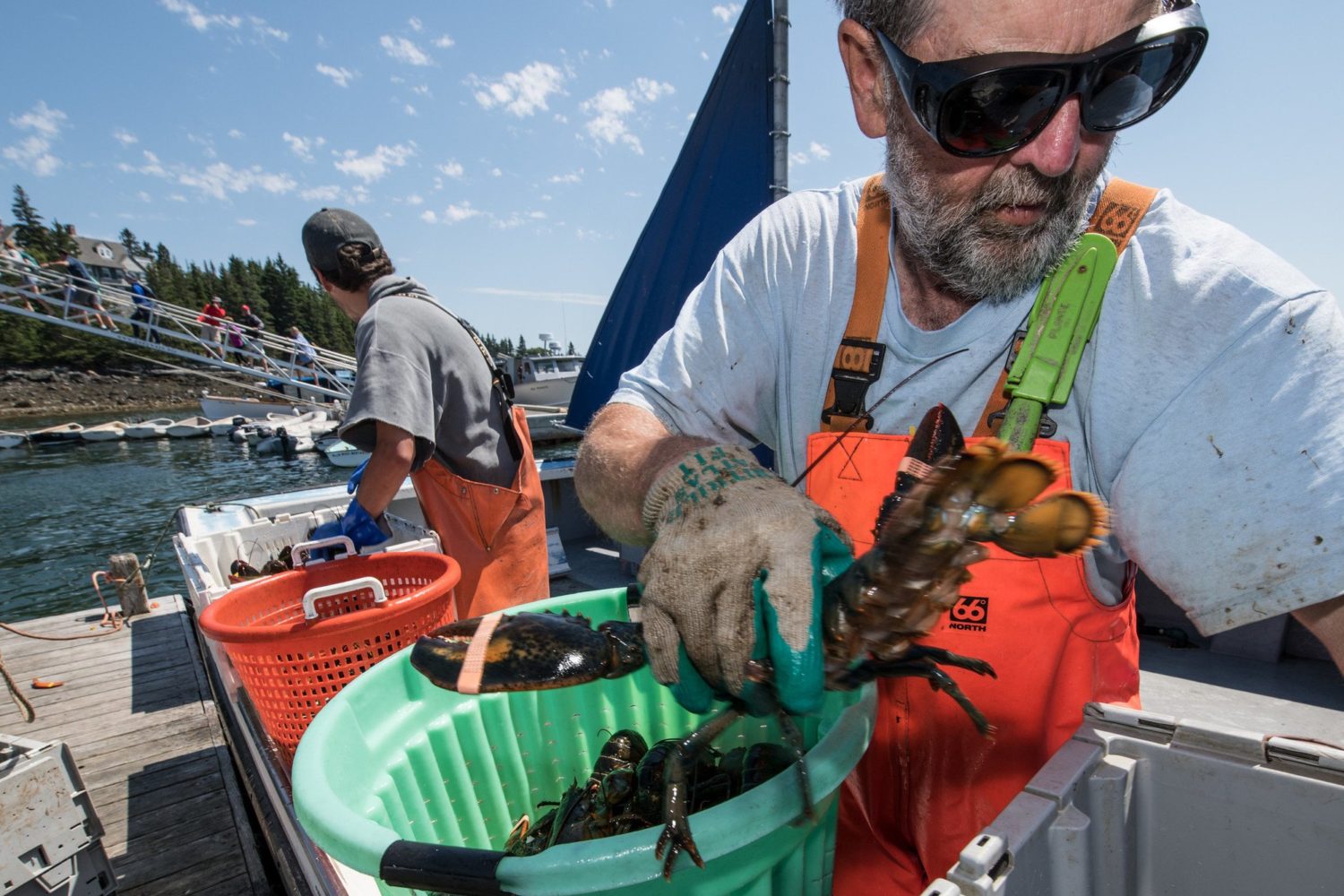
Freshly caught Maine lobsters being offloaded onto a dock.
USDA/Lance Cheung
So far, the Trump administration has made nearly $30 billion in trade aid payments to farmers impacted by tariffs. The Market Facilitation Program has been trailed by criticism: for lacking oversight, for over-compensating producers of certain commodities, for disproportionately helping wealthy and white farmers, for enriching Chinese- and Brazilian-owned agribusinesses, and for paying some recipients far more than its stated limits.
Beijing first implemented a hefty 25 percent import tax on lobster—among a wide range of U.S. agricultural products—almost exactly two years ago, in retaliation for similar duties Trump had placed on Chinese commodities. According to The Portland Press Herald, Chinese imports of American lobster subsequently plummeted from $180 million to $94 million. Last summer, China raised the tariff further to 35 percent. The two countries have been dueling over tariffs ever since, though hints of an overture emerged this year, when leaders in both countries signed the “Phase One Agreement,” a trade deal that reduced some of America’s tariffs in exchange for a pledge by China to buy more U.S. goods.
Trump’s latest move directs United States Trade Representative Robert Lighthizer to monitor and report on China’s seafood purchases, with a specific emphasis on lobster from Maine, the biggest lobster producing state.
This year, leaders in both countries signed the “Phase One Agreement,” a trade deal that reduced some of America’s tariffs in exchange for a pledge by China to buy more U.S. goods.
“In the event that the Trade Representative determines that China is not meeting its purchase commitments under the Phase One Agreement with respect to seafood, the Trade Representative shall consider, to the extent permitted by law, taking all appropriate action to impose reciprocal retaliatory tariffs on seafood exports from China,” the order reads.
This move is the latest of two executive orders benefitting seafood harvest in New England. Earlier in June, the president said he would lift an Obama-era prohibition on commercial fishing in the Northeast Canyons and Seamounts Marine National Monument, a move welcomed by industry groups. Though no one seemed more pleased than Trump himself.
“Pres. Obama destroyed the lobster and fishing industry in Maine,” Trump tweeted the day he signed the EO. “Now it’s back, bigger and better than anyone ever thought possible. Enjoy your “lobstering” and fishing! Make lots of money!”

